THE FUNCTIONS OF MATHEMATICAL PHYSICS
HARRY HOCHSTADT Department of Mathematics Polytechnic Institute of New York
Dover Publications, Inc.
New York Copyright 1971, 1986 by Harry Hochstadt. All rights reserved. This Dover edition, first published in 1986, is an unabridged, corrected republication of the work originally published by WileyInterscience, New York, 1971, as volume XXIII in the series Pure and Applied Mathematics, edited by R. Courant. L. J. Stoker.
Library of Congress Cataloging-in-Publication Data Hochstadt, Harry.
Library of Congress Cataloging-in-Publication Data Hochstadt, Harry.
The functions of mathematical physics. "Unabridged, corrected republication... originally published by Wiley Interscience, New York, 1971, as volume XXIII in the series Pure and applied mathematics"CIP t.p. verso. Bibliography: p. 1. 1.
Functions, Special. I. Title. QA351.H68 1986 530.15 86-6383 ISBN-13: 978-0-486-65214-6 ISBN-10: 0-486-65214-9 Manufactured in the United States by Courier Corporation 65214905 www.doverpublications.com
Foreword
The functions of mathematical physics show in a striking manner how a simple mathematical idea, conceived for the solution of a very specific problem, can lead to a far-reaching theory. The oldest example is the trigonometric functions which describe the uniform motion on a circle. Trigonometry deals effectively with some specific problems of astronomy and navigation.
But the functions sin x and cos x are also the basis for the theory of Fourier series and of the Fourier integral. And this theory, apart from its eminent mathematical interest, has applications to many parts of physics which emerged long after the original problem of describing the motion of the planets had been solved. But even all of these successes of the trigonometric functions do not indicate a surprising number-theoretical property of the function w = exp 2iz. The values of z and w will both be algebraic numbers if and only if z is rational. And the values of w for rational values of z provide us with the means of constructing exactly those finite algebraic extensions of the rational numbers which have an abelian Galois group. The functions of mathematical physics, which have been studied since the end of the eighteenth century, have an elementary theory that is much more involved than trigonometry.
But they, too, are part of, and frequently the motivation for, important general theories, filling the general framework with substance. And they have many aspects, turning up for example as complete sets of orthogonal polynomials and also in approximation and interpolation theory. Their applicability has kept up with the times, and they are as important for the quantum theoretical model of the atom as for the vibrating membrane. Finally, some of them also enter into parts of mathematics far removed from mathematical physics, such as the theory of discontinuous groups. WILHELM MAGNUS, New York University
Preface
The topics covered in this book were first studied by the outstanding mathematicians of the eighteenth and nineteenth centuries. Among the many who devoted themselves to these studies are Gauss, Euler, Fourier, Legendre, and Bessel.
These men did not recognize the modern and somewhat artificial distinction between pure and applied mathematics. Much of their work was stimulated by physical problems that led to studies of differential equations. Frequently they developed generalizations to obtain results having no immediate or obvious applications. As a consequence mathematics was often ahead of its time in having necessary tools ready before physicists and engineers felt the need for them. This book reflects this historic interplay by presenting topics of obvious interest to applied scientists as well as topics that are, for the present at least, of purely mathematical interest. In order to cover all the topics of the nine chapters of this book a great deal of selectivity had to be used.
Naturally my personal bias played a strong role in making these choices. Entire books have been written on some of the chapters and no claim can be made of having provided an exhaustive treatment. It is hoped, however, that the selection of results and applications, and the methodology used will enable the reader to go on to the more specialized treatises and handbooks with ease, and to derive new results when necessary. covers the principal properties of the gamma function. Most of this material is standard, but necessary for later chapters. The final section of this chapter is devoted to the solution of certain algebraic equations.
This topic deserves to be better known, and hopefully readers will follow this up on their own. , on the hypergeometric equation, are needed for the later chapters. Sections 4.6 through 4.9, however, have no obvious applications in mathematical physics and are not needed for later chapters. They were included only because they were mathematically pleasing. They show the relationship between the theory of conformal mapping of curvilinear polygons and the theory of hypergeometric functions. continues this theme in an n-dimensional setting. continues this theme in an n-dimensional setting.
The functions discussed in these chapters can be expressed in terms of hypergeometric functions. . This is the longest chapter in the book. One might well argue that such a chapter is superfluous, since one can look up Watson's classic treatise on the subject. Surprisingly, however, there are gaps in Watson's book. For example, his proof of the Fourier-Bessel series is valid only for  .
.
A complete proof for v > 1 is found in Section 8.13. The ninth and final chapter deals with Hill's equation. In historical terms, this material is the most recent and so far the least adequately covered in the literature. The recent book by Magnus and Winkler is most up to date, but contains no applications to physics. Section 9.8 demonstrates the connection between the study of energy bands in crystals and Hill's equation. Section 9.4 is devoted to the expansion theorems.
There are two types, namely, one for the interval ( , ) and one for the interval ( , ). The former corresponds to the study of a regular differential operator and the latter to that of a singular operator. The first is proved by a standard comparison technique that treats the eigenfunctions as perturbations of trigonometric functions. The singular case is treated as a limiting case of the regular case. While little claim can be made to originality, it is hoped that there is enough distinction in the selection of material and the type of proof to throw new light on this classical subject. The aim was to present a range of topics such that both mathematicians and applied scientists with a variety of interests will find material that is useful, and mathematically and aesthetically pleasing.
HARRY HOCHSTADT September 1970Brooklyn, New York
Contents
CHAPTER 1
Orthogonal Polynomials
Linear Spaces Although this chapter concerns itself with orthogonal polynomials, which can be discussed without reference to the subject of linear spaces, it will prove advantageous to frame much of the following discussion in more abstract language. This will not only allow for greater economy of notation, but also will lead to a richer understanding of many of the notions of abstract spaces which pervade so much of modern mathematics. To make the contents of this chapter self-contained all necessary definitions and basic proofs will be provided.
Definition. A linear space over a field

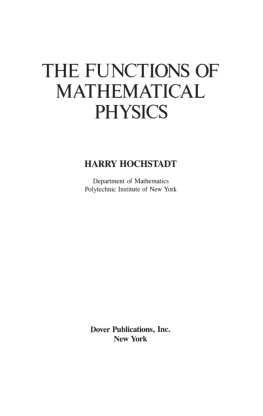
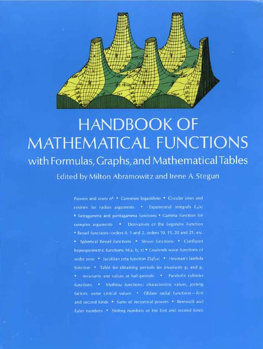

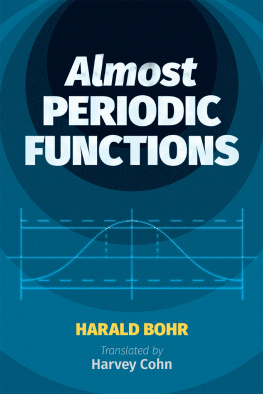
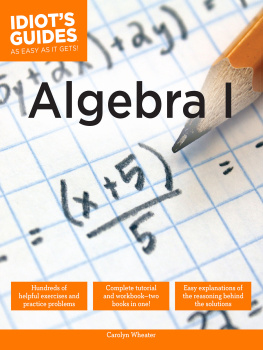
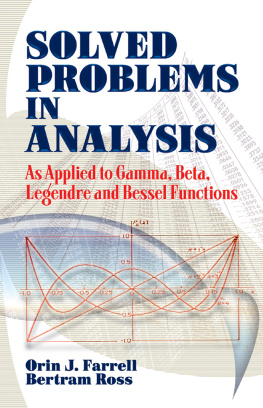
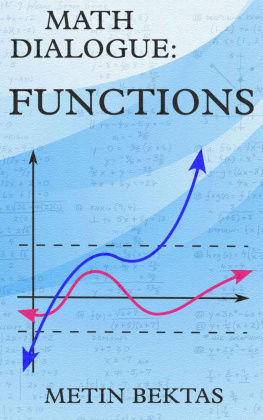
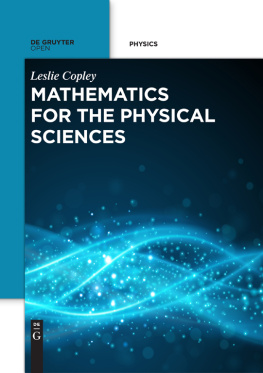
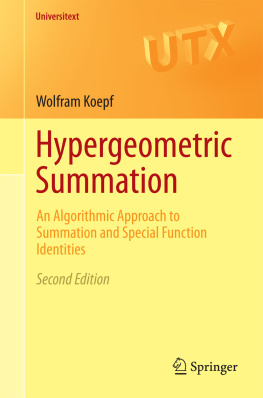
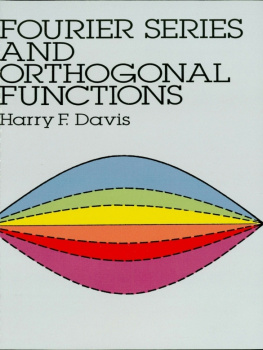
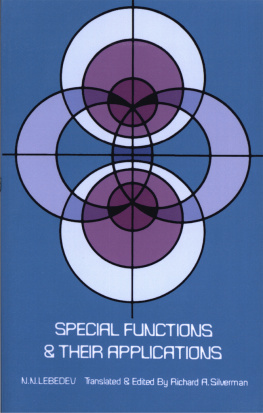
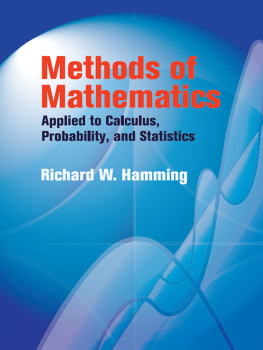
 .
.